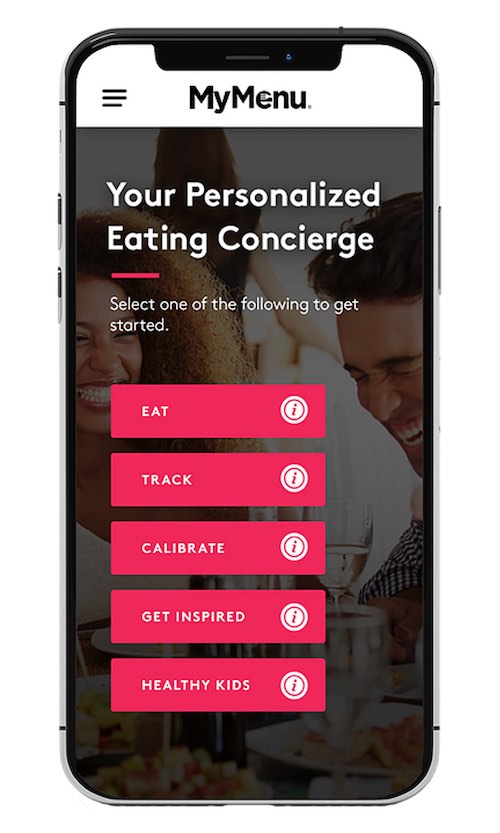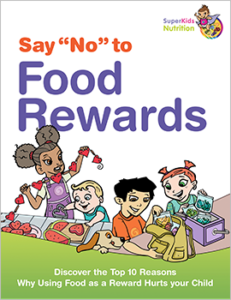
Pediatric overweight has been an issue for a while, but now everyone is talking about it! Read on to see what you can do to keep your children at a healthy weight!
Our nation and state have seen a substantial rise in the number of overweight children over the past two decades. Data from the Center for Disease Control showed that in 2012, more than one-third of children and adolescents were overweight or obese. In California, the number increases dramatically to one in three children. The extra weight comes with a long list of health problems rarely seen before in young children. Health problems associated with overweight in children include type 2 diabetes, joint pain/malformation, elevated blood lipids, high blood pressure, reactive airway disease, and low self-esteem.
What are the main causes of childhood obesity?
There is no single cause of childhood overweight. Some experts focus on the excessive consumption of sweetened beverages (like juice and soda) and high-fat snacks with low nutritional value (like Cheetos and chips). While others highlight the decrease in the level of physical activity in children of all ages, most experts agree that it’s a combination of both issues. The result is that children are gaining too much weight too fast! As with any health issue, prevention is the key. So here are a few strategies that you can use with your family:
Create a healthy village.
The saying is that it takes a village to raise a child. This village may include extended family members like grandparents, aunts, cousins and even neighbors. Let them know that you are trying to create a healthy environment for your child and ask for their support. Learn how to help your caregiver or grandparent feed your kid right!
Walk the walk and talk about it with your children.
We make all kinds of tasty sounds and inviting faces trying to convince our children to eat foods that are “good” for them. We need to do the same thing when it comes to physical activity. Let your children see you sweat and then tell them how good it makes you feel.
Don’t confuse juicy hugs with Hershey kisses.
Children crave our attention and approval more than any treat we can imagine. A juicy hug at the end of the day can be just as satisfying as a Hershey kiss. It’s our job as parents to recognize hunger that comes from the tummy versus hunger that comes from the heart and provide the proper attention to both. Get good ideas on how to use healthy rewards.
Promote conscious eating.
Turn off the TV, Radio and computer games during meals and snacks. A recent study reported that children who snacked while watching TV ate more than children who ate their snack at the table.
Be a good (not perfect) example.
Eat meals and snacks together as a family as much as possible. Children learn through observation and imitation. They will learn to make good food choices by watching you.












